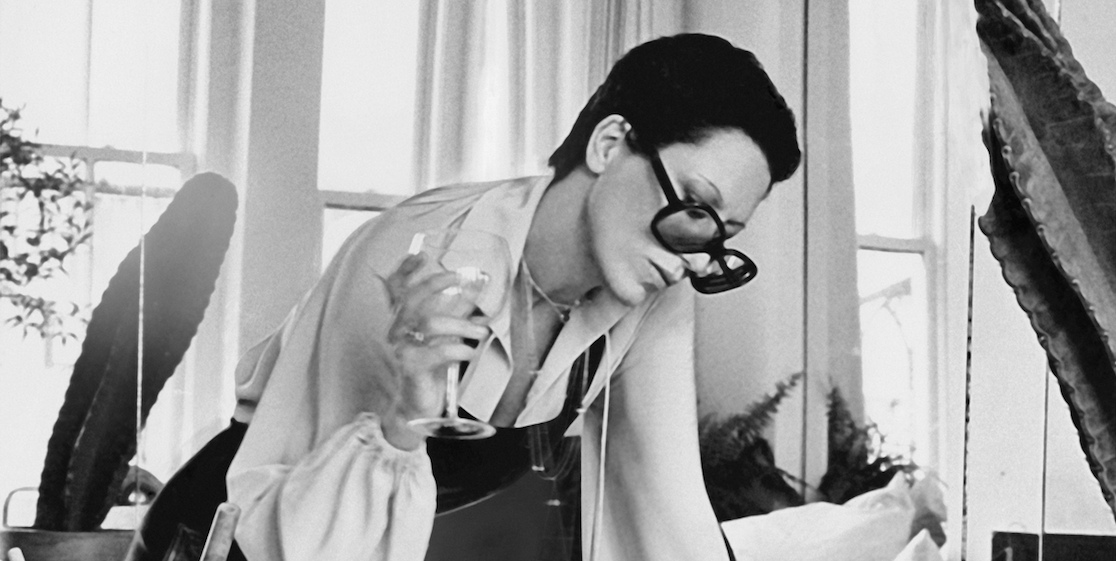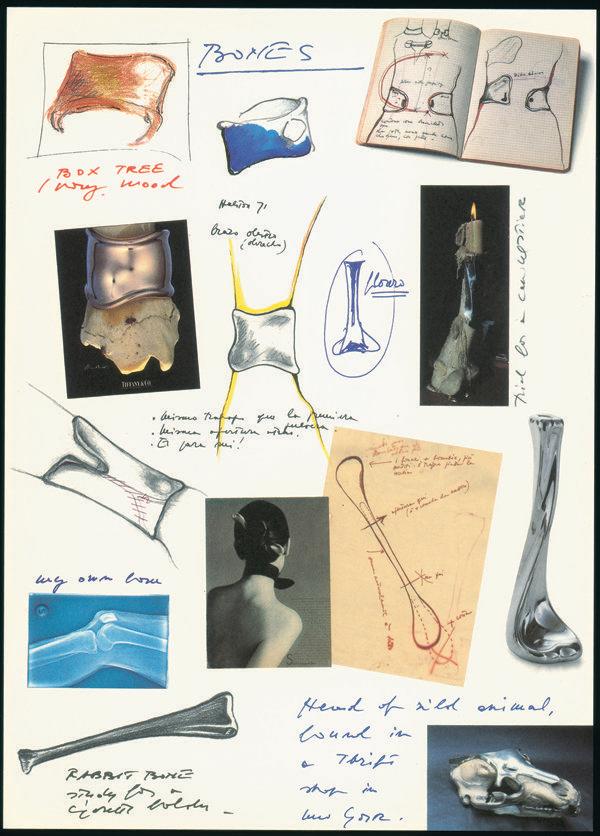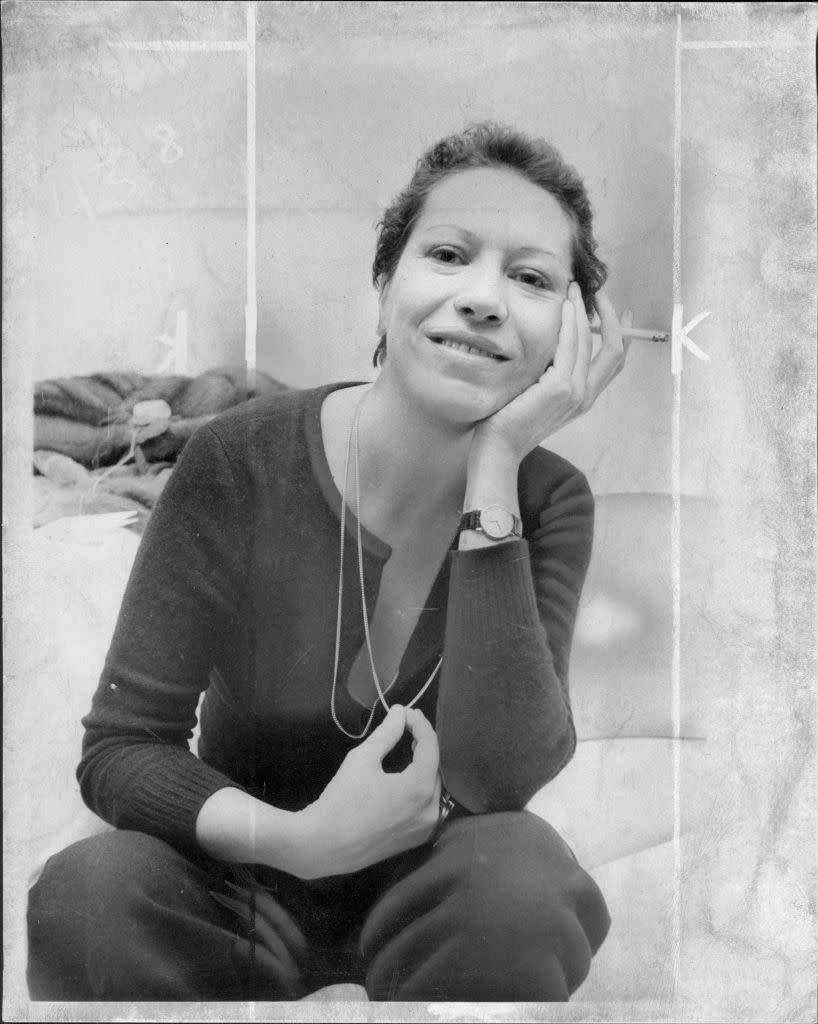The Spectacular Design Legacy of Elsa Peretti

- Oops!Something went wrong.Please try again later.
Elsa Peretti, the jewelry designer known for her modern, amorphous yet strong-lined designs for Tiffany & Co., has died at 80 years old. She designed for the New York City jewelry house for 40 years and was arguably one of the most successful and famous female jewelry designers of the 20th century, leaving an impact on jewelry design that is unmatched.

Born in Florence in 1940, Peretti led a colorful and fashion-forward life. She came from a very conservative household—her father, Ferdinando Peretti, was an oil and gas tycoon—and left home at 21 years old after being educated in Rome and Switzerland.
The strong-willed Peretti was cut off from her family for most of her adult life. She studied interior design and worked for the Milanese architect Dado Torrigiani, but after gaining traction as a model in Barcelona, she fled Europe for New York City in 1968 where she starting designing jewelry. Her first designs took their forms from shells, wood, and other treasures found on the beaches in Barcelona and New York's Fire Island and were worn by models in one of Giorgio di Sant’ Angelo's shows. Peretti also became close friends with designer Halston, the darling of the fashion scene during the 1970s disco era, and was a staple, along with Andy Warhol, at Studio 54's star-studded nights.

In 1971, Peretti began designing jewelry for Halston using sterling silver, which was not considered as fine a metal. This juxtaposition of material—even when considered common—and form is what made Peretti's designs so coveted. (She also designed Halston's curved perfume bottle, which, despite the executives' protests to the non-rectangular design, became a best-seller and is still considered the most successful fragrance release in history).
After joining Tiffany & Co. in 1974, Peretti continued revolutionizing the way women viewed jewelry, helping usher in an era where women bought jewelry for themselves, rather than waiting for a man to purchase a piece on their behalf. (Peretti also embodied the idea of the 1970s woman working for herself and living a 'free' life). Peretti's designs with the firm—her Bone cuffs, Diamonds by the Yard, Bottle, and Bean creations—were organic and sensuous and would often sell out overnight upon release.
Peretti eventually grew tired of life in New York City and longed for the quietness of the countryside. She purchased a dilapidated compound in the village of Sant Martí Vell in Spain, which she restored over the latter half of the 1970s, eventually decamping there for good in the 1980s. This slower pace of life, despite the fans that would sometimes attempt to peep into her property, in Catalonia suited her and fueled her creativity. Today, the iconic designs of Peretti are housed in the permanent collections of the British Museum in London, the Metropolitan Museum of Art in New York City, and the Museum of Fine Arts in Houston, Texas, to name a few, allowing her legacy to continue to shine for generations to come.

You Might Also Like

